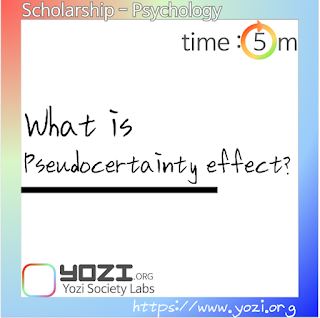- 목차
Definition of Pseudocertainty effect
The pseudocertainty effect refers to the phenomenon of mistaking the uncertain for the certain. Because it is false certainty, it is also called the quasi-certainty effect or the false certainty effect.
Features of the Pseudocertainty effect
The Pseudocertainty effect creates a tendency to ignore probabilities.
The Pseudocertainty effect makes it impossible to make rational judgments about probabilities.
The Pseudocertainty effect leads to hasty decisions.
Examples of Pseudocertainty effects
The Pseudocertainty effect is easily seen in advertising or marketing. Most of the events that are written as 100% winning like the above phrase require additional conditions. Alternatively, the quality or price of the product itself may be different. For example,
As such, the smartphone or smartwatch that many people want is given to only a small fraction of the lottery, and 100 points are given to all participants, giving the phrase 100% winning. This is how to use the Pseudocertainty effect in an advertisement.
This is because you can induce participation by claiming that you will win 100% through the Pseudocertainty effect.
A three-line summary of the Pseudocertainty effect
 |
The Pseudocertainty effect refers to a cognitive bias that confuses uncertainty with certainty
Due to the Pseudocertainty effect, we ignore probability and make emotional judgments.
The Pseudocertainty effect is very useful in advertising or marketing.


